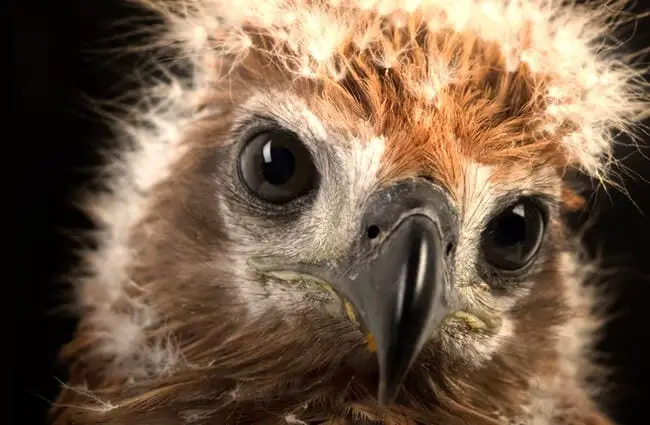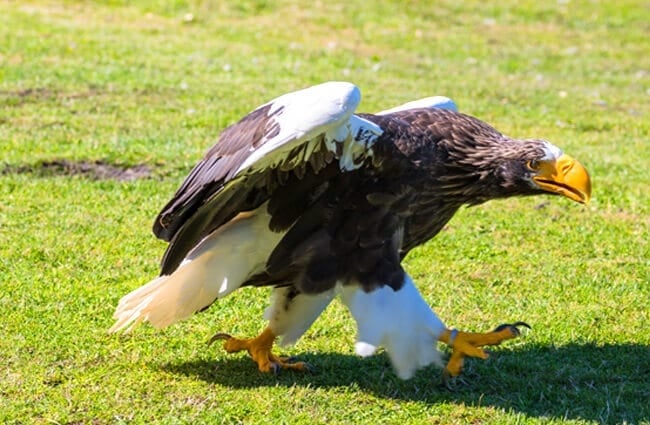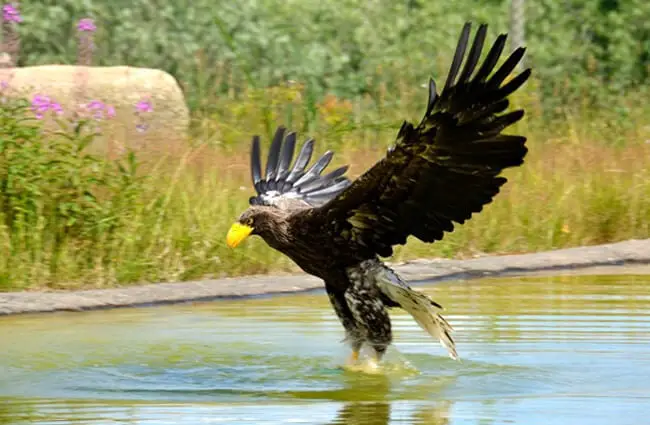Masters of the Coast: A Comprehensive Look at Sea Eagles
Sea eagles represent a compelling group of raptors, perfectly adapted to a life interwoven with marine and coastal environments. These powerful birds of prey occupy a crucial ecological niche and have captured the human imagination for centuries. This article delves into the world of sea eagles, exploring their biology, behavior, habitat, and the critical role they play in the ecosystems they inhabit.

What Defines a Sea Eagle?
The term "sea eagle" isn’t a strict taxonomic classification, but rather a functional one. It describes several species within the Haliaeetus genus, and sometimes other closely related genera, distinguished by their dietary habits and habitat preferences. They are large to very large birds, boasting wingspans that can exceed seven feet in some species. Their most notable feature is their adaptation for a diet heavily reliant on fish and aquatic animals.
Habitat and Distribution
Sea eagles exhibit a remarkable global distribution, found on every continent except Antarctica. Their habitat is largely dictated by the availability of suitable fishing grounds and nesting sites. Typical environments include coastlines, estuaries, fjords, large lakes, and rivers.
Specific species have varying ranges. The White-tailed Eagle (Haliaeetus albicilla) is prevalent in Europe and Asia, while the Bald Eagle (Haliaeetus leucocephalus) is iconic to North America. Steller’s Sea Eagle (Haliaeetus pelagicus) resides in the coastal regions of northeastern Russia, and several other species populate regions across Australia, Africa, and South America.
Evolutionary History: A Journey Through Time
The evolutionary roots of sea eagles trace back millions of years. Fossil evidence suggests that early raptors emerged during the Eocene epoch. The Haliaeetus genus began to diverge during the Miocene, with various species adapting to exploit aquatic resources. The development of specialized features such as spicules on their feet for gripping slippery fish, and powerful beaks for tearing flesh, were key adaptations. Phylogenetic studies reveal close relationships between sea eagles and other raptor groups like hawks and kites, suggesting a shared ancestry.
Diet and Hunting Strategies
Fish constitutes the mainstay of the sea eagle diet, but they are opportunistic predators, often supplementing their diet with seabirds, mammals, reptiles, and carrion. Their hunting strategies are diverse. Some species will soar high above the water, scanning for prey before executing a dramatic plunge. Others perch on rocks or trees, waiting for fish to come within striking distance. Still others pirate food from other birds like ospreys or gulls.

Their feet are equipped with sharp talons and spicules, providing an excellent grip on slippery fish. The powerful beak is used to tear apart prey, and their digestive system is adapted to process fish bones and scales. The size of their prey varies depending on the species and availability, ranging from small fish to large salmon or waterfowl.
Mating, Reproduction, and Raising Young
Sea eagles are typically monogamous, forming long term pair bonds that can last for life. They engage in elaborate courtship displays, involving aerial acrobatics and vocalizations. Their nests, known as eyries, are massive structures built from sticks and branches, often located in tall trees or on cliffs. These nests are frequently reused and expanded upon year after year, becoming some of the largest bird nests in the world.
The breeding season varies depending on the species and location. Typically, they lay one to three eggs. Both parents share incubation duties, lasting approximately 35 to 45 days. The chicks are altricial, meaning they are born helpless and require extensive parental care. The young eagles fledge, or leave the nest, after about 60 to 80 days, but remain dependent on their parents for several months, learning essential hunting and survival skills.
Ecological Role and Interactions with Other Animals
Sea eagles are apex predators, playing a vital role in regulating populations of fish and other aquatic animals. They contribute to ecosystem health by removing sick or weak individuals, preventing disease outbreaks. Their presence can also influence the behavior of prey species, shaping their distribution and abundance.

They occasionally interact with other predators, such as gulls or other raptors, competing for food resources. Scavenging is also a common behavior, with eagles frequently feeding on carrion. They can also be vulnerable to predation by larger predators, particularly during their nestling stage. The presence of sea eagles is often considered an indicator of a healthy aquatic ecosystem.
Sea Eagles and Human Culture
Sea eagles hold significant cultural importance for many societies. They are often featured in folklore, mythology, and art, symbolizing strength, courage, and freedom. The Bald Eagle, in particular, is a national symbol of the United States, prominently displayed on official seals and currency.
Historically, sea eagles were hunted for their feathers, which were used in ceremonial attire and decorations. However, due to conservation efforts, most populations have rebounded from near extinction. Today, sea eagles are admired and protected as iconic species.
Sea Eagle and Human Interaction: A Complex Relationship
Historically, sea eagles faced persecution due to perceived threats to fisheries and livestock. Their populations declined dramatically in many areas due to hunting, habitat loss, and poisoning from pesticides like DDT. However, with the implementation of conservation measures, including habitat protection, hunting regulations, and pesticide bans, many populations have recovered.

Today, sea eagles are still vulnerable to threats like habitat loss, pollution, and collisions with power lines. Responsible tourism and public awareness campaigns are crucial for ensuring their continued survival.
Encountering a Sea Eagle in the Wild: What to Do
If you are fortunate enough to encounter a sea eagle in the wild, observe it from a distance. Avoid approaching the bird or disturbing its nesting site. Never feed the eagle, as this can alter its natural behavior and make it dependent on humans. Report any injured or distressed eagles to local wildlife authorities.
Sea Eagle Care in Captivity: Zookeepers Guide
Caring for sea eagles in captivity requires specialized knowledge and facilities. Their enclosure should be spacious, providing ample room for flight and perching. A large pool or water feature is essential for bathing and maintaining feather health. Their diet should consist of fresh fish, supplemented with vitamins and minerals. Enrichment activities, such as providing novel objects and puzzle feeders, are crucial for stimulating their mental and physical well‑being. Careful monitoring of their health and behavior is essential for detecting and addressing any potential problems.
Fascinating Sea Eagle Facts
- Some sea eagle species can live for over 30 years in the wild.
- White-tailed Eagles have the largest wingspan of any eagle in Europe.
- Steller’s Sea Eagles are among the heaviest eagles in the world.
- Sea eagles can dive at high speeds.
- They have exceptional eyesight, allowing them to spot fish from great distances.


Sea eagles are remarkable birds, embodying the power and majesty of the natural world. Their continued survival depends on our commitment to protecting their habitats and ensuring a sustainable future for these magnificent creatures.

![Red Angus Closeup of a beautiful Red Angus cowPhoto by: U.S. Department of Agriculture [pubic domain]https://creativecommons.org/licenses/by/2.0/](https://animals.net/wp-content/uploads/2020/03/Red-Angus-4-238x178.jpg)




![Red Angus Closeup of a beautiful Red Angus cowPhoto by: U.S. Department of Agriculture [pubic domain]https://creativecommons.org/licenses/by/2.0/](https://animals.net/wp-content/uploads/2020/03/Red-Angus-4-100x75.jpg)

